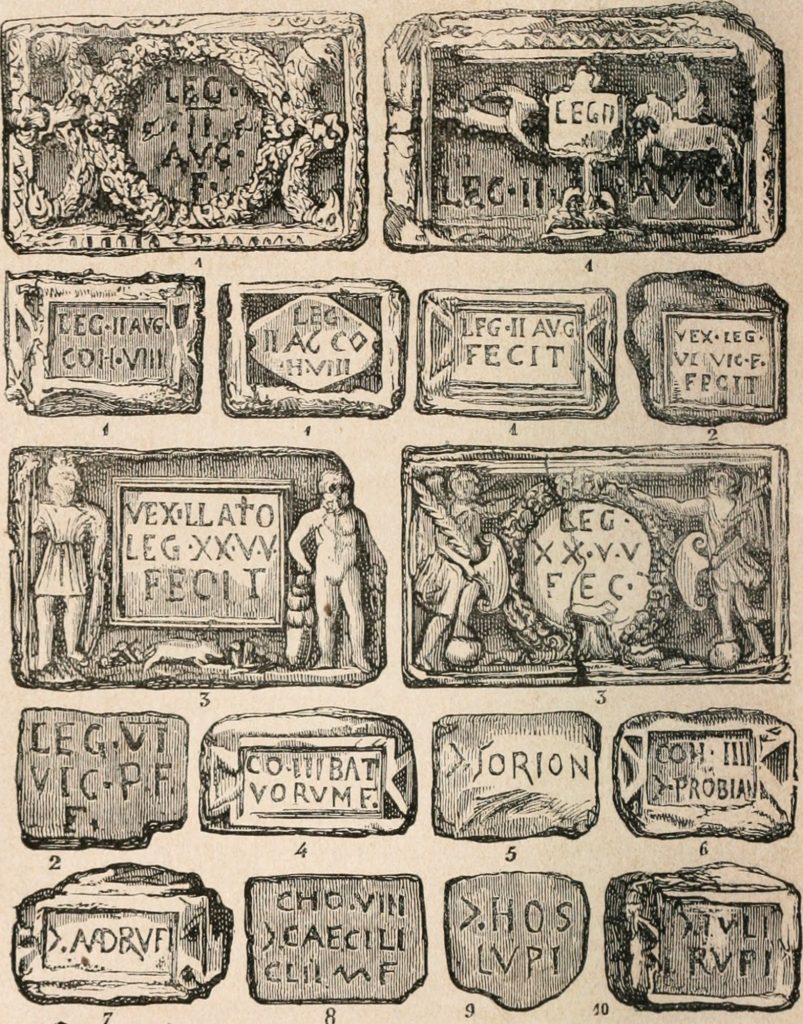In the Roman Imperial period commemorative inscriptions became omnipresent in nearly all aspects of social life, and the afterlife. Yet, quite suddenly, during the third century AD, this practice fell into decline. In the regions where the practice survived, it acquired a new face, and the so-called epigraphic cultures of Late Antiquity developed. Inscription took a new form with clumsier and less regular lettering, shaping, and their genres were now less diverse. Despite decades of research, beginning in the early 1980s, the reasons for this great transformation remain to be explained. The answer, however, may lie in the changing face of Roman workshops and how they shaped their clients’ tastes: “There is a pressing need to develop a wholly new approach to the study of cultural impact of the third-fifth century stonecutters’ and mosaicists’ workshops, a study which would encompass the entire Roman world,” said Dr Nowakowski from the Faculty of History, a laureate of the prestigious ERC grant.

Roman Imperial epigraphic traditions
Dr Paweł Nowakowski from the UW Faculty of History has been awarded the European Research Council (ERC) Starting Grant for his project “Masters of the stone: The stonecutters“ workshops and the rise of the late antique epigraphical cultures (third–fifth century AD)”. The grant amounts to nearly € 1.5 mln.
In his project, Dr Nowakowski will be exploring one of the most startling problems in the global history of research on collective memory and commemorative practices – the transformation of Roman Imperial epigraphic traditions in the later third century, and the subsequent rise of the so-called epigraphic cultures of Late Antiquity. The project focuses not only on workshops and intellectual profiles of artisans, but also on the entire conceptualisation of instruments, techniques, ideas, doctrines, textbooks, etc., which were used during the production of inscriptions.
The great transformation of the Roman epigraphic culture
The main goal of the project is to provide a definite answer to the question about the reasons for the great transformation of Roman commemorative traditions in the realm of epigraphy.
It was the Romans who taught the modern civilizations the habit of recording historical events and the lives of ordinary people in inscriptions on stone, often associated with statues. Although the practice of carving commemorative texts was well known in ancient cultures, it was only in the Roman Imperial period that inscriptions acquired a new status, becoming omnipresent in nearly all aspects of social life, and the afterlife. Making inscriptions was then considered a focal and correlational aspect of the Roman ‘cultural package’. Despite decades of passionate debates, the reasons for this great transformation, which lasted merely a century, still awaits its answer as added Dr Nowakowski.
“Workshops could mediate during the top-to-bottom dissemination of cultural patterns via epigraphy. Having been commissioned with making inscriptions suited to the latest ‘fashions’ in religious, political, and literary thought by both the elite and highly educated clients, artisans could then draw inspiration from these commissions and subsequently recommend similar solutions to ordinary customers. In other words, whenever the habits of the elite changed, in terms of how to speak about one’s life, career, and civic virtues, they could be vectorised to the lower strata exactly through workshops, and perhaps here we should see at least a partial answer to the overwhelming scale of the fast-paced changes in the Roman epigraphic culture,” explained Dr Nowakowski.
Artisans and their workshops
“In order to test this hypothesis, one needs to build a highly regionalised network of workshops of stonecutters and mosaicists. We need to redefine the field and refocus our attention on the actual actors behind the production of epigraphy – artisans and workshops – as primary agents of top-to-bottom cultural transfer,” Dr Nowakowski said, “the information on quarries, stone supply, and trade routes may help to identify links between specific workshops, and how they possibly preserved specific traditions or alongside which trade routes disseminated them”.
The obtained data, i.e. workshops, names of their owners, names of artisans, ‘house styles’, and model textbooks used by one or more workshops, will be categorised in a high-granularity Digital Atlas of Workshops in Epigraphy (DAWE). The Atlas will be searchable by way of a number of ‘tags’ revealing the agents and types of relations present. It will encompass an extension easily allowing to pinpoint the sites and epigraphical finds on the map, and will visualise the reach of styles, the range of activities involving workshops and itinerant artisans, and through a number of chronological and geographical layers and filters will allow to trace spatial and diachronic correlations among different types of data.
Paweł Nowakowski, PhD, is an assistant professor at the Department of Ancient History of the Faculty of History UW, and a member of CRAC UW (Centre for Research on Ancient Civilizations, part of Excellence Initiative – Research University). Between 2015 and 2018 he was a postdoc research associate at the University of Oxford, on the ERC Advanced Grant “The Cult of Saints in Late Antiquity”. Dr Nowakowski was also the PI of a project financed from an NCN Preludium grant (2013–2015), and since 2020 had been the PI of a team project „Epigraphy and Identity in the Early Byzantine Middle East” funded by an NCN Sonata grant (2020–2023). He was awarded with the scholarship “Start 2013” of the Foundation for Polish Science, the scholarship of the Minister of Science and Higher Education for outstanding young researchers (2020–2023) and the scholarship of the Krupp Stiftung at the University of Cologne (2011). He cooperated with the mission of Princeton University to Avkat/Beyözü (Turkey) and the mission of the Faculty of Archaeology UW to the marble quarries of Göktepe (Turkey – project Marmora Asiatica, grant NCN Sonata Bis held by dr Dagmara Wielgosz-Rondolino).
Source: Press realise University of Warsaw from 11.01.2022
